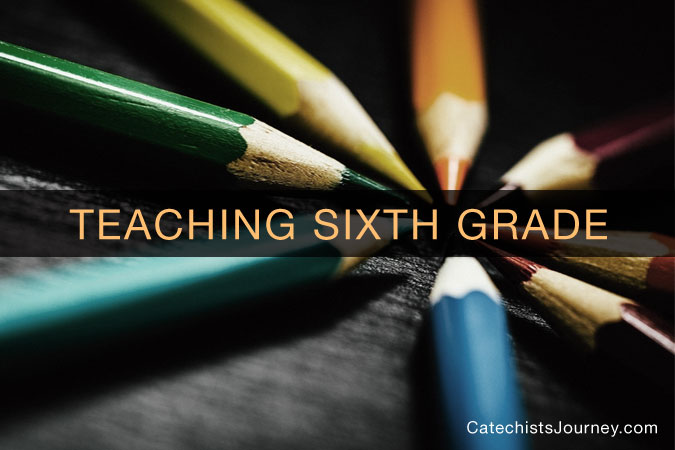Tonight’s session will focus on the Psalms and how they represent prayers for every occasion and emotion. I enjoy this session because it gives me the opportunity to incorporate contemporary music into the session. This year, for the first time, I am also having the young people bring in songs that they have selected (although with last week’s snow day, I wonder how many will remember!). Anyway, here’s the plan:
Session 18 – The Psalms
Big Idea: The Psalms – We can talk to God under any circumstances.
Preliminaries (10 mins)
- Show picture of a bishop with shepherd’s staff (crosier) as discussed last week.
- Distribute pictures of students dressed as David the Shepherd and David the King.
- Opening procession (“I’ll Be There” – Mariah Carey)
- Opening Reading: Psalm 91:14-15 (When they call, I will answer.)
Engage (10 mins)
- Distribute the handout showing different facial expressions representing different emotions.
- Invite the young people to write a word or words across his forehead describing what emotion/feeling they think is being portrayed.
- Then invite them to circle the face that best captures how they feel today.
- Go around and ask for volunteers to share what words they wrote for each picture.
- Finally, invite the young people to share which picture/emotion they chose to represent how they feel today; tell them they can share with NO QUESTIONS ASKED!
- Explain that today we are going to learn about a section of the Bible, the Psalms, that tells us that we can speak to God no matter what our feelings are.
Explore (30 mins)
- Distribute handout (Psalms and Emotions Chart Handout) that introduces 12 different emotions/feeling/themes of the Psalms. Describe the 12 types of emotions that we are going to find in the Psalms.
- Draw their attention to the 12 well-known songs listed in the boxes on the handout. Play a minute of each song (I created a CD) and ask them to listen to the lyrics and to guess which emotion it best represents. Here is the answer key (Be flexible…arguments can be made about many of the “correct” answers…tell them you’re going for the “best” answer for each).
- After each song, direct the students to open their Bibles to the Psalm that best represents the emotion expressed (See the answer key. I recommend that you identify the “correct” Psalm in order to save time.) and have volunteers read the Psalm aloud.
- Next, ask if any students brought in a song that matches this emotion and invite them to introduce it and then play a minute of the song.
- Encourage the young people to look to the Psalms to pray from within any emotion they are experiencing.
Reflect (10 mins)
- Invite the young people to write their own “psalms.”
- Distribute the handout “Write Your Own Psalm” and go over it with the young people. (Special thanks to my colleage Vinita Hampton Wright and to the website Eagle Flight for their inspiration for this handout.)
- Send them to their “sacred space” and have them compose their own psalm as you play the CD of Psalms for the Church Year quietly in the background.
Respond (5 minutes)
- Encourage the young people to take their psalm home and to pray it as needed and to compose other psalms for other occasions.
- Distribute the BLM “What’s in Your Ark?” along with the Homework Notification Sheet and have students complete it for homework.
- Closing prayer and young people bless themselves as they leave.




I love this lesson on the Psalms. May I have permission to share it with my congregation with appropriate credit given?
Gretchen, you may use the lesson in your group or link to it from a resource site. For any other uses, please consult our permissions policy: https://www.loyolapress.com/general/permissions/.
Denise Gorss
Catechist’s Journey Editor